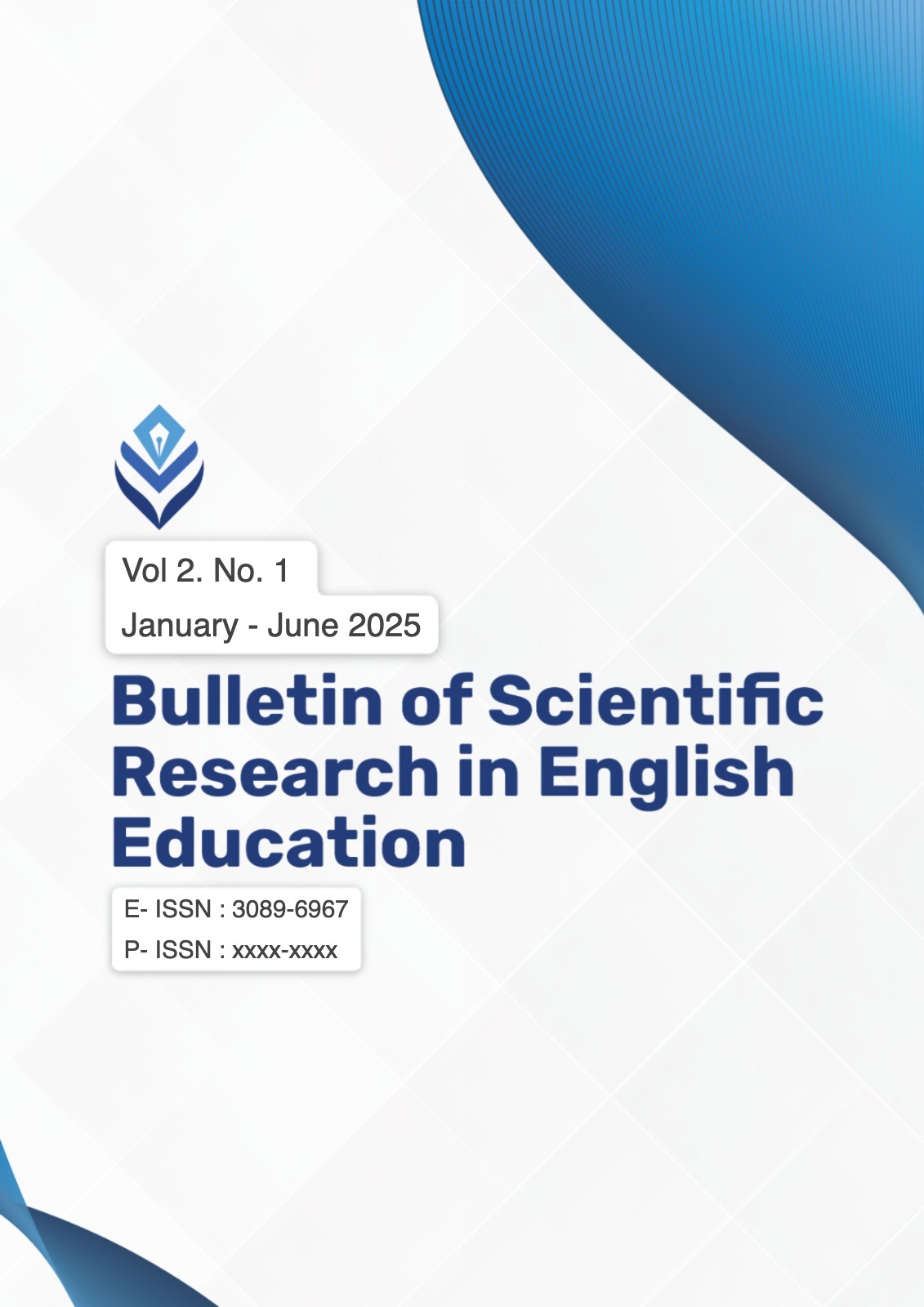Blended Learning in English Language Instruction: A Study of Learner Engagement and Performance
DOI:
https://doi.org/10.59261/bsree.v2i1.9Keywords:
blended learning, English language learning, student engagement, academic performance, digital learning modelAbstract
The development of digital technology has encouraged the implementation of blended learning as a learning strategy that combines face-to-face and online learning methods. In the context of English language learning, blended learning is believed to be able to improve learners' participation and learning outcomes, but empirical evidence on its effectiveness is still limited. This study aims to analyze the effect of blended learning implementation on learners' engagement and performance in English language learning at secondary education level. This study used a quantitative approach with a quasi-experimental design. The sample consisted of 120 students from two purposively selected high schools. The experimental group used a Learning Management System (LMS)-based blended learning model, while the control group followed conventional learning. Data were collected through learning engagement questionnaire and English achievement test, then analyzed using independent t-test and simple linear regression. The results showed that students in the blended learning group had higher levels of engagement and significantly better learning achievement than the control group (p < 0.05). The findings indicate that blended learning can be an effective strategy in improving the quality of English language learning, particularly in increasing students' active participation and academic outcomes.







